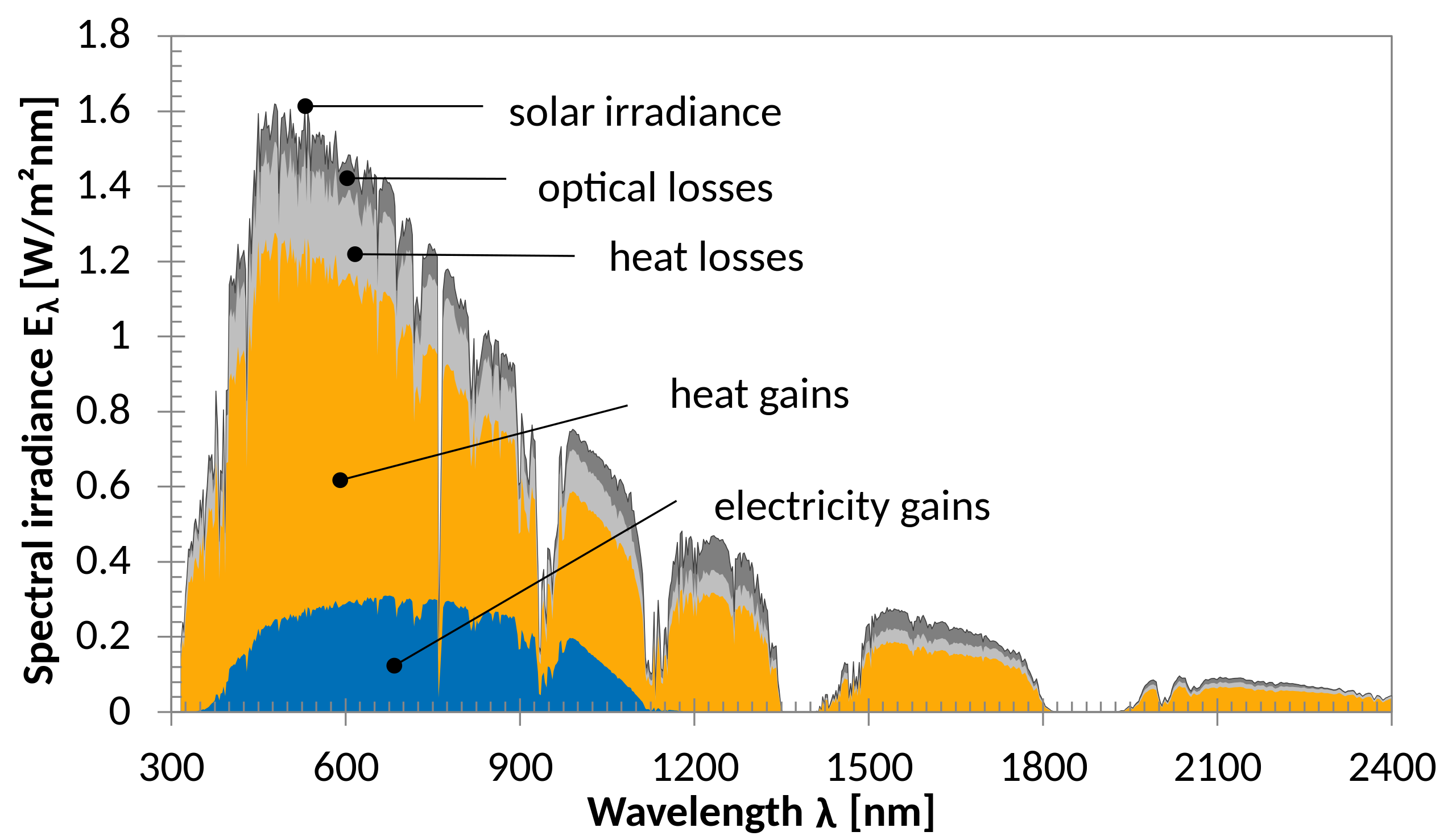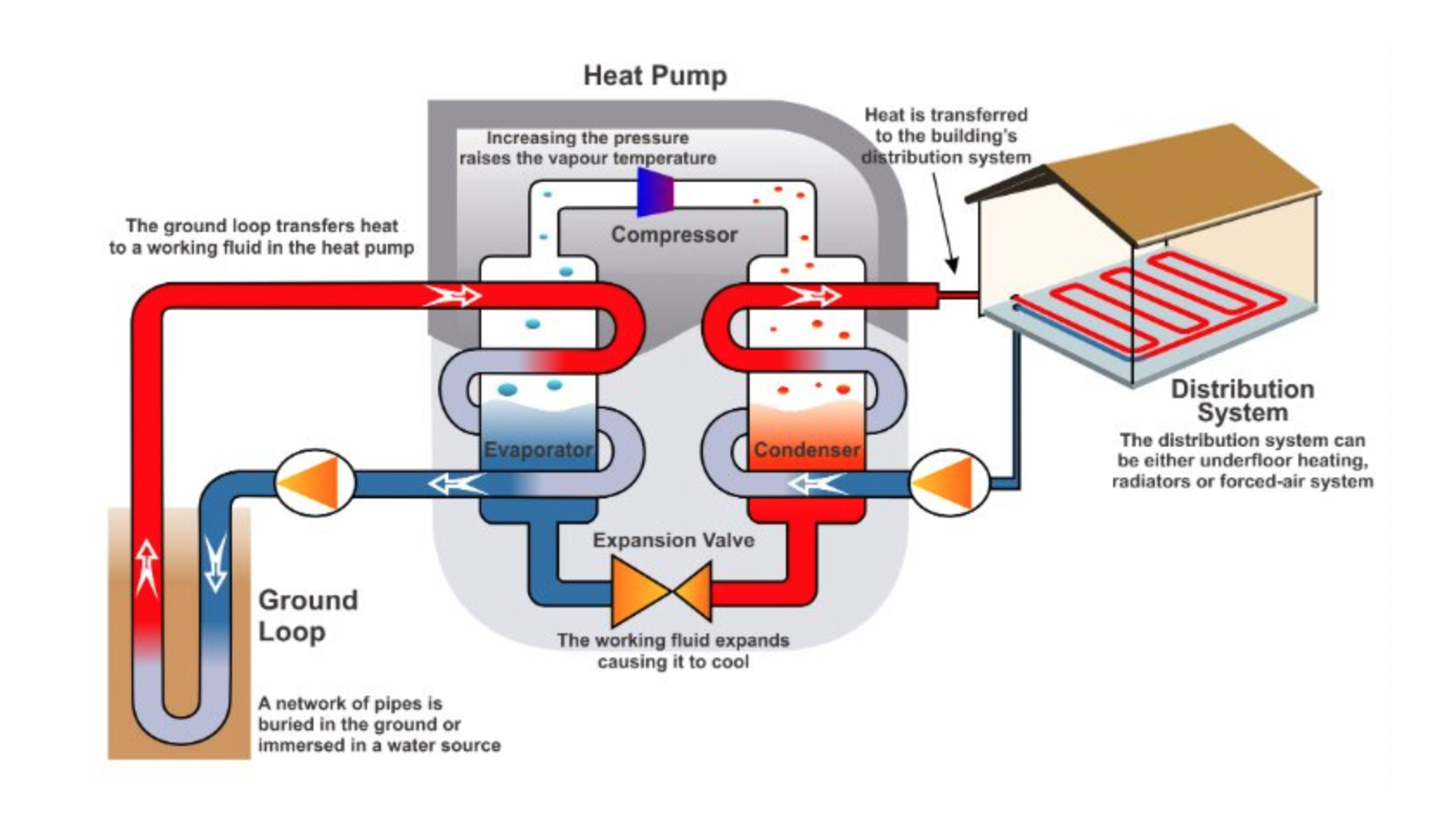F.A.Q
Q1. What is PVT technology?
PVT collectors combine the generation of solar electricity and heat in a single component, and thus achieve a higher overall efficiency and better utilization of the solar spectrum than conventional PV modules.
Most photovoltaic cells (e.g. silicon based) suffer from a drop in efficiency with increased cell temperatures. Each Kelvin of increased cell temperature reduces the efficiency by 0.2 – 0.5 %.Therefore, heat removal from the PV cells can lower their temperature and thus increase the cells' efficiency. Improved PV cell lifetimes are another benefit of lower operation temperatures.
This is an effective method to maximize total system efficiency and reliability, but causes the thermal component to under-perform as compared to that achievable with a pure solar thermal collector. That is to say, the maximum operating temperatures for most PVT system are limited to less than the maximum cell temperature (typically below 100°C). Nevertheless, two or more units of heat energy are still generated for each unit of electrical energy, depending on cell efficiency and system design.

Q2. Why choose our PVT solar module?
A. Breakthrough Technologies: after 10 years experience on PV and Thermal industry separately, the third generation of the latest technology of PVT is adopted to maximize the optimal thermal efficiency and electric energy;
B. Adopting the thick insulation stuffing to effectively enhance the anti-fire performance of PV modules;
C. Realizing the multiple applications of the solar energy to effectively raise the solar energy utilization rate from 20% of PV modules to 75% of PVT modules;
D. Yielding more economic benefits on the same rooftop area or the same ground area by leveraging the solar energy to effectively save the utility costs and expenses as well as to well balance between the energy consumption and the earth protection, compared with PV modules;
E. Commercially reducing the unit EPC costs, and still enjoying the bankability of PV modules;
F. Privately enjoying both the powering subsidies and the heating subsidies.
Q3. Where to use our PVT solar modules?
A. Widely used in Hotel, university, hospital which need a lot of hot water.
B. Widely used in cold area, offer central heating which cop can reach 5 when ambient temperature below -15°C, in stead of gas heating.
C. Special control system, offer heating for Swimming pool.
D. Can work with Ground source heat pump(water-source heat pump), reach zero-carbon space heating and hot water to residential and commercial!
Q4. What is a ground source heat pump?
A ground source heat pump is where heat from beneath the earth is absorbed at low temperatures within a coiled pipe that is buried under the ground. Within the coils of pipe there is a mixture of water and anti freeze that passes through a compressor that then changes it into a higher temperature, once this process has started it will then heat water for your heating system as well as water.
What are the benefits of a ground source heat pump?
- Lower fuel bills
- No fuel deliveries
- Heats both your home and water
- Minimal maintenance
Q5. Water-Source Heat Pumps (WSHP) F.A.Q(including Ground source heat pump)
Renewable & highly efficient
Heat pumps simply exchange heat between the natural environment and your heating system.
Water-source heat pumps are the most efficient type, providing 4-5 units of heat per unit of electricity usedWatercourses remain at 8-10°C during winter, which makes water-source much more efficient than air-source.
Unlike ground-source where heat extraction reduces the ground temperature, water-source heat pumps remain highly efficient all year round.
Reducing energy use by a factor of 4-5 results in a drastic reduction in carbon emissions. By using renewable electricity, it is even possible to go 100% green.
Heat pumps are the most effective method of decarbonizing heat, a key step towards reaching net zero.
Space heating + hot water + cooling
Heat pumps typically provide space heating at up to 45°C and hot water at 60°C. Higher temperatures can be provided if required.
Water-source heat pumps are also ideal for cooling. In many cases the low watercourse temperature allows ‘free cooling’ with very low running costs.
Compact & easy to install
With water-source heat pumps, there is no need to dig huge trenches or expensive boreholes.
A heat collector placed in the watercourse can extract heat from a small footprint, and only requires a narrow trench back to the property.
Low maintenance & long-lasting
Water-source heat pumps have a lifetime of around 25 years, much longer than most traditional heating systems.
They are cheaper to run than traditional heating systems and require almost no maintenance.
Q6. What does a WSHP system consist of?
The key elements of a closed-loop WSHP are its three closed circuits:
1. Collector loop – water and glycol are circulated between the heat pump and the heat collector situated in the watercourse
2. Refrigerant circuit – the heat pump circulates refrigerant via a compressor and expansion valve, increasing the temperature differential
3. Heating circuit – leading directly to the building radiators, UFH or HVAC system
Q7. How does a Ground Source Pump work?
In basic terms radiation from the sun heats the earth. The heat is stored in the ground, just two metres or so down, at a constant temperature of around 10°C. By using a ground heat exchange loop the GSHP taps into this constantly replenished heat store to heat, or cool buildings via the pump.
